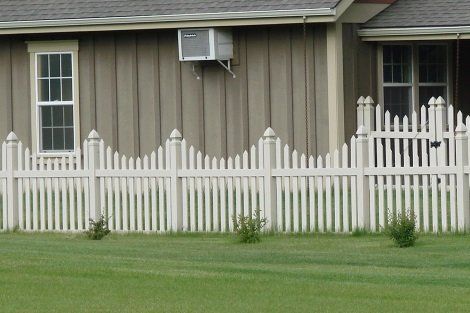Ornamental iron fencing is more than just a practical boundary marker—it's a symbol of beauty, craftsmanship, and history. The history of ornamental iron fences is deeply intertwined with the evolution of architectural and cultural styles, making them a timeless choice for both functionality and elegance. Let's explore how ornamental iron fences came to be, how they've evolved over time, and how they continue to influence design today.
Origins of Ornamental Iron Fencing
Ornamental iron fences have roots in ancient Egypt and Rome, where iron and bronze were first used for functional and decorative purposes. Initially, these fences were primarily designed for security, but with advancements in metallurgy, more ornate designs began to emerge.
Key Historical Design Changes
By the 17th century, ornamental iron fences began to feature more complex and elaborate designs, particularly in Europe. The 18th-century industrial revolution played a key role in making iron production more widespread, allowing for the creation of intricate designs. Elaborate scrollwork, finials, and decorative patterns became the hallmark of grand estates, palaces, and even city landscapes, propelling ornamental iron into a new era.

Cultural Impact on Ornamental Iron Fence Designs
With the rise in popularity of iron fencing, designs began reflecting the distinct cultural influences of various regions. In France, for example, baroque-style fences symbolized aristocratic wealth and elegance. In the U.S., by the 19th century, iron fences were symbols of status, with wealthy individuals using them to flaunt their prosperity. The influence of culture led to an array of unique designs based on local preferences and materials.
Modern Adaptations of Traditional Styles
Ornamental iron fencing has adapted to modern needs, blending the charm of traditional designs with contemporary materials and techniques. While classic styles are still in demand, today's iron fences often feature minimalist and sleek designs that cater to both security and aesthetics. Modern fences maintain the essence of the history of ornamental iron fences while embracing new trends and technologies.
Conclusion
The history of ornamental iron fences is a story of transformation, from simple functional barriers to masterpieces of design. Whether you're considering ornamental iron fencing for your property or simply appreciating the craftsmanship of these fences, their rich history and continued evolution make them a remarkable choice.
What style of ornamental iron fencing do you prefer for your home or business? Let us know in the comments below!
#OrnamentalIronFencing #HistoryOfFencing #IronFences #FenceDesign #Metalwork #DecorativeIron #FencingHistory #ModernDesign #CulturalDesign